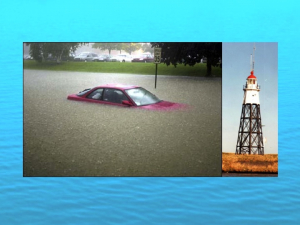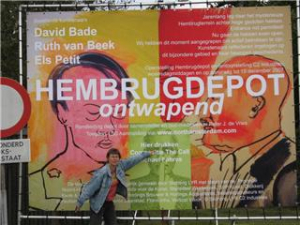The Call
Sounds of traffic and waves point to a possible future environmental catastrophe in the Netherlands
2007 (16′03″)
Sound collage
The composition/installation The Call plays musically with the two environmental sounds of traffic and wave noise and points to a possible future environmental catastrophe in the Netherlands. The 43 traffic sounds were ordered from long to short in terms of duration. The beginning and the end of the traffic noise were framed at the beginning of The Call by the wave noise, which, the longer The Call lasts, then completely covers the traffic noise, which thus drowns and is no longer audible (process a). The middle of the composition is reached. Then this process takes place in reverse again and the noise overruns the ocean noise (process b).


